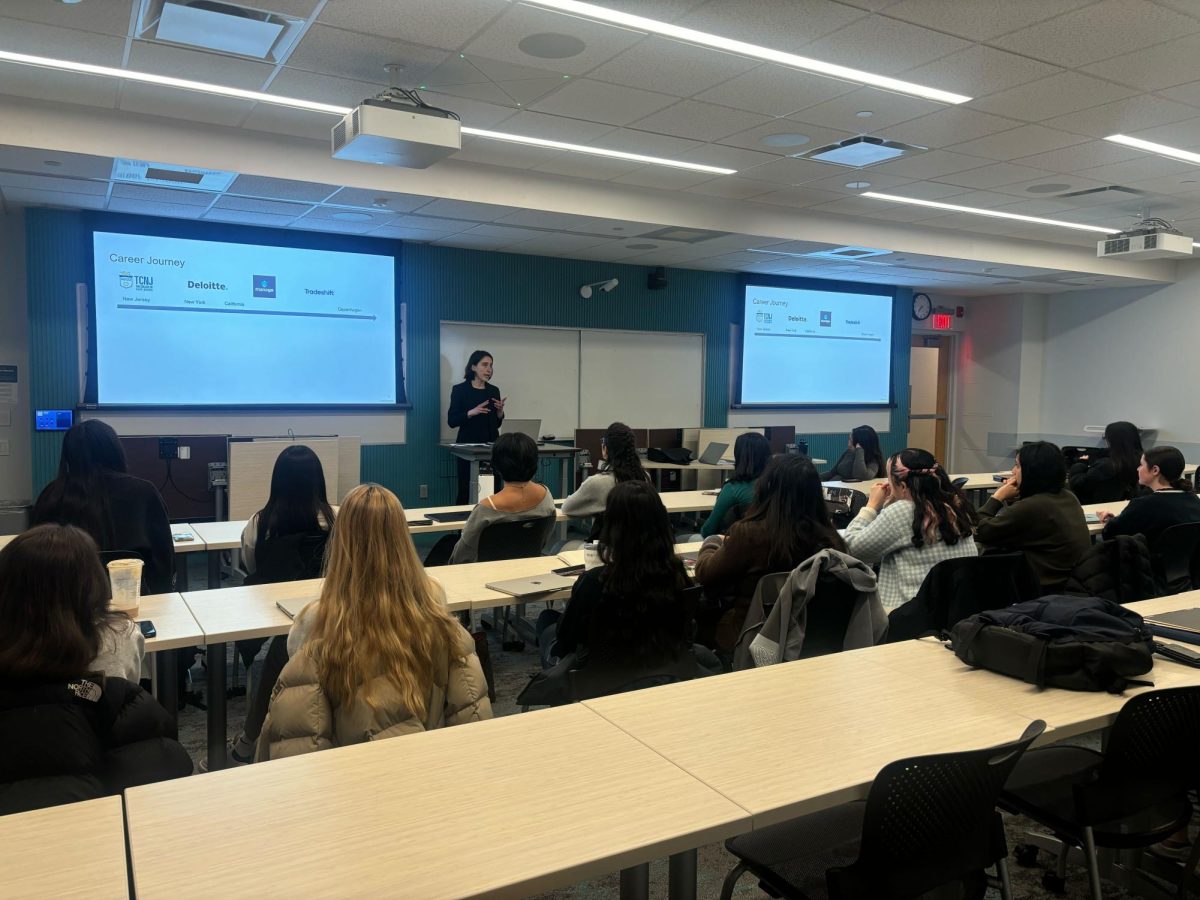By Marc Larocque
A house proposal to cut the interest rate on federally subsidized Stafford student loans will go before Congress for a vote today.
The proposal would halve the interest rate the next five years to 3.4 percent in 2011. The student-aid initiative, promoted by Democrats during the campaign of Rep. Nancy Pelosi, Speaker of the House of Representatives, is part of their first 100 hours of legislation.
This change comes after the Republican-led Congress pushed through a budget bill that removed $12 billion from federal student assistance last year and allowed interest rates on college loans to rise drastically.
Many Republicans argue the Democrats do not have sources for the funds required to do this, and many student financial-aid experts said they would rather see the lawmakers focus on Pell Grants, the primary source of aid for the neediest students.
House Democrats have made the loan proposal their top priority because they said they believe it has widespread appeal among middle-class families worried about ever-rising college prices.
Eighty-eight percent of Americans support cutting interest rates on student loans, according to a Newsweek election poll issued in a press release for Campaign for America’s future. The proposed cuts would save the typical borrower $4,420 in interest payments over the life of the loan and the typical Massachusetts borrower starting school in 2007 would save $2,310 over the life of his or her loans, according to a MassPIRG report published Jan 11.
According to the report, in 2004-05 more than 5.5 million students took out subsidized Stafford loans to pay for college. 98,990 of these are Massachusetts students at four-year colleges.
Tuition and fees at the average four-year public university has increased by 80 percent in the last decade and 67 percent at private universities, and nearly two-thirds of all four-year college graduates now have loans, according to an e-mail from Senator Edward Kennedy’s press office.
“Unfortunately what we are seeing today is more than 200,000 qualified high school students forego a college education each year due to cost,” said Jennifer Pae, spokeswoman for the United States Student Association. “We are seeing that the neediest students are not getting the necessary funds they need for school.”
Some students think the Democratic-controlled Congress should continue with the proposal and try to help more low-income and first generation students get into college.
“I believe that this shows that the Democrats’ heart is firmly with the middle class in America, and with those people that work hard every day and play by the rules,” said Josh Robin, president of the NU Democrats. “However, we must do more in the way of Pell Grants and other types of loans and assistance to make college an affordable reality for all.”
But Dave Moberg, president of the Northeastern College Republicans, doesn’t see sense in the proposal.
“While the Democrats may have good intentions on this issue, they really aren’t addressing the issue of getting qualified yet financially strapped students into a position where they can get a college education,” Moberg said. “The cost and benefit situation in this proposal is not economically sound.”
Last year the average borrower graduated with $13,994 in loan debt.
Cutting the rate to 3.4 percent is expected to cost the U.S. Treasury about $6 billion, according to the Chronicle of Higher Education published Jan. 12.
“Over a 10-year period, this new proposal saves the student about $35 in monthly payments,” said Seamus Harreys, dean of financial services at Northeastern. “This will allow Northeastern students to more easily be able to pay their bills after they graduate, try to buy a car, get an apartment and a job. That little extra cash is beneficial.”
Students like Andrew Bossie, the student body president for the University of Southern Maine, will be participating in days of action, lobbying members of Congress, starting text messaging campaigns, making phone calls and urging others to contact their local representatives.
“Loan companies like Sallie Mae are making billions of dollars off students that are going thousands of dollars in debt,” Bossie said. “If you look at Sallie Mae five years ago, a publicly shared company, stocks were trading at $5 a piece. Today, they are trading at $55 a share.”








